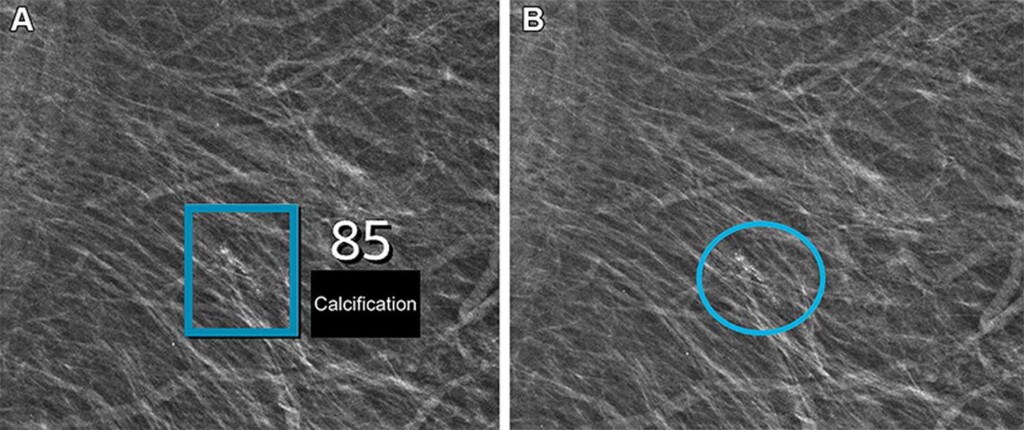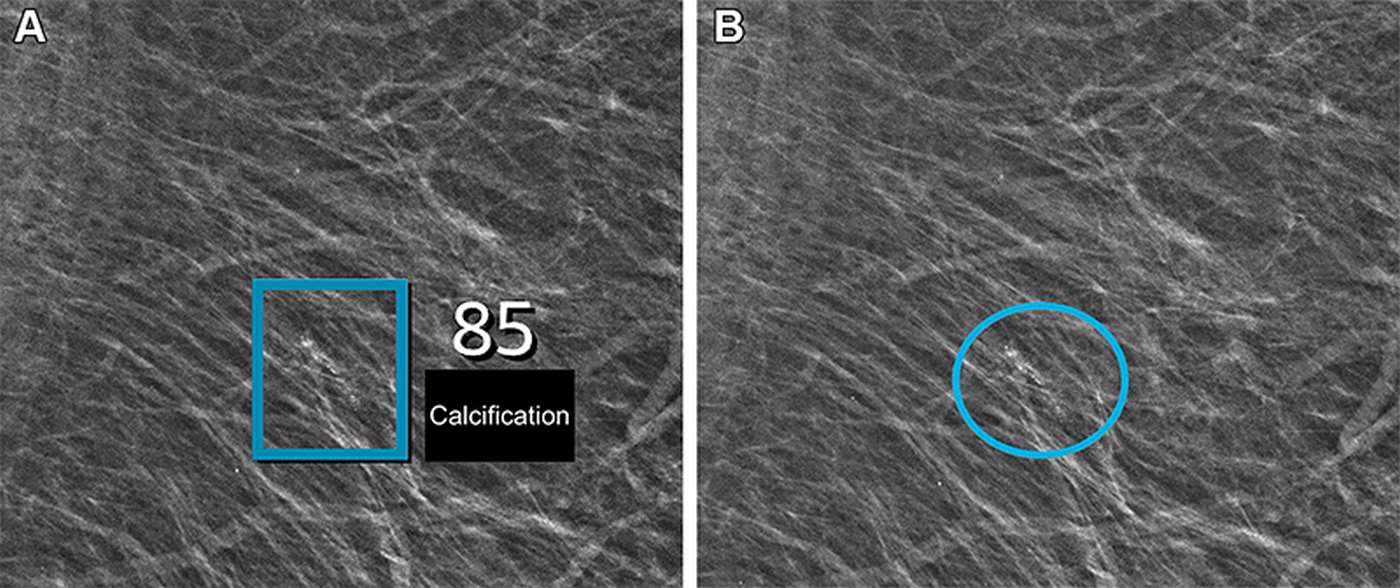
Using AI, breast radiologists in Denmark have improved breast cancer screening performance and reduced the rate of false-positive findings.
The discovery comes 16 months after a study from the same hospital found that AI could diagnosis cancer in chest X-rays at least as good as a board-certified radiologist, but noted that many radiology departments are understaffed.
When used to triage likely normal screening results or assist with decision support, AI also can substantially reduce radiologist workload.
“Population-based screening with mammography reduces breast cancer mortality, but it places a substantial workload on radiologists who must read a large number of mammograms, the majority of which don’t warrant a recall of the patient,” said Dr. Andreas Lauritzen researcher at the Gentofte Hospital in Denmark and lead author of the study
“The reading workload is further compounded when screening programs employ double reading to improve cancer detection and decrease false-positive recalls.”
Compared to screening without AI, screening with the AI system detected significantly more breast cancers (0.82% versus 0.70%) and had a lower false-positive rate (1.63% versus 2.39%).
“In the AI-screened group, the recall rate,” referring to the number of times a patient was asked to return for a follow-up examiniation, “decreased by 20.5%, the radiologists’ reading workload was lowered by 33.4%,” Dr. Lauritzen said.
A BRIGHTER AI: Look What AI Could Do for Architecture: Giving Rise to a Stunning New Style
The positive predictive value of AI screening was also greater than that of screening without AI (33.5% versus 22.5%). In the AI group, a higher proportion of invasive cancers detected were 1 centimeter or less in size (44.93% vs. 36.60%).
“All screening performance indicators improved except for the node-negative rate which showed no evidence of change,” Dr. Lauritzen said.
MORE ARTIFICIAL INTELLIGENCE STORIES: Drones Find Dozens of Landmines Littering Ukraine So They Can Be Defused
An improvement of 20% was also seen in the accurate diagnoses of breast cancers in a Swedish study done at Lund University, whereby the labor saving capacity of the device was even higher than in Dr. Lauritzen’s study.
An editorial accompaniment was also pushed alongside this study which praised the abilities of the AI to reduce human workload, and suggested that rather than presenting the possibility that AI can do a radiologists job, the evidence suggested that such AI programs should be developed as labor-saving devices.
SHARE These Rapid Advances In Diagnostic Sciences With Your Friends..





















This is what AI should be used for. Not writing derivative stories or making false art.